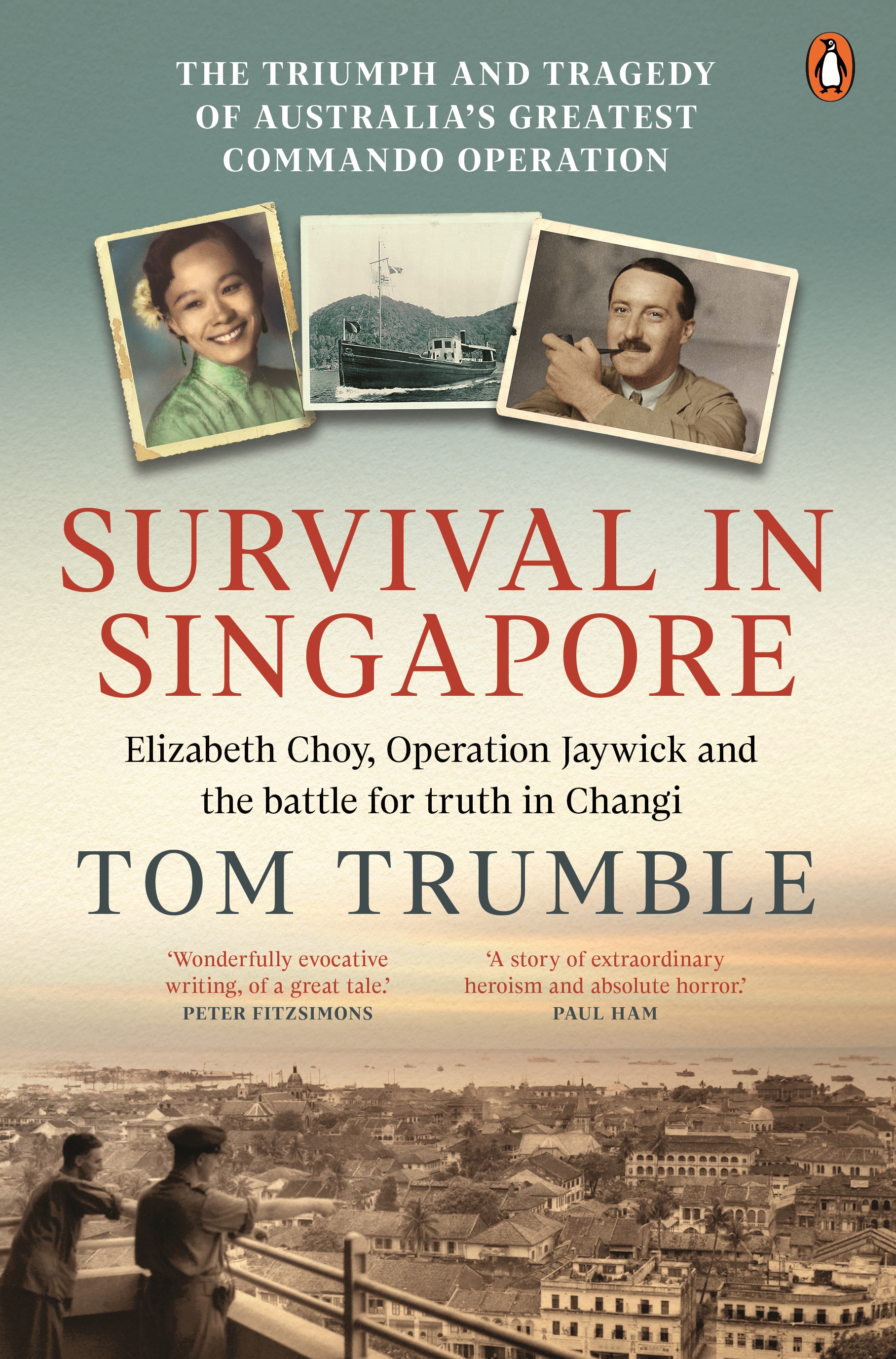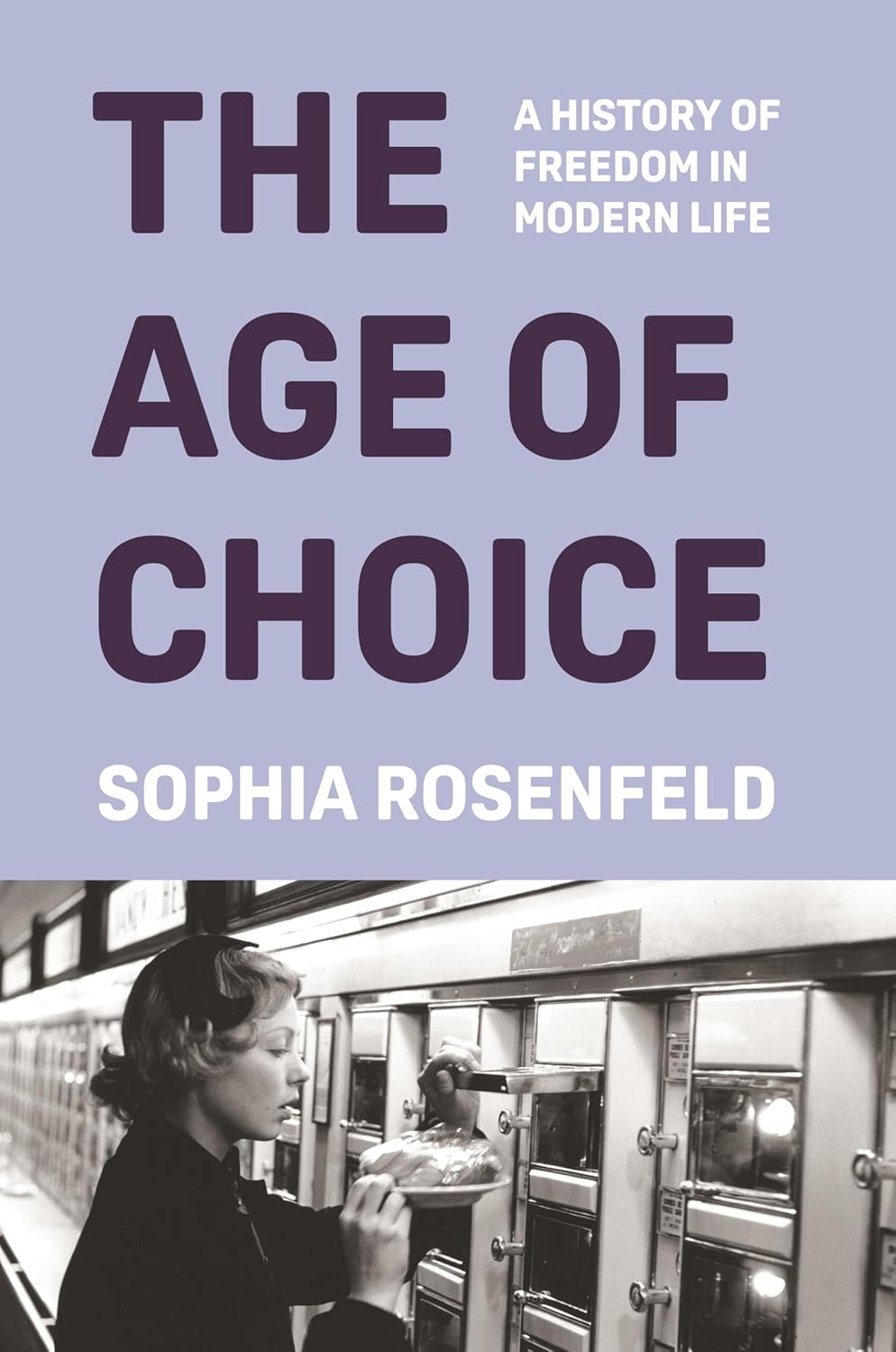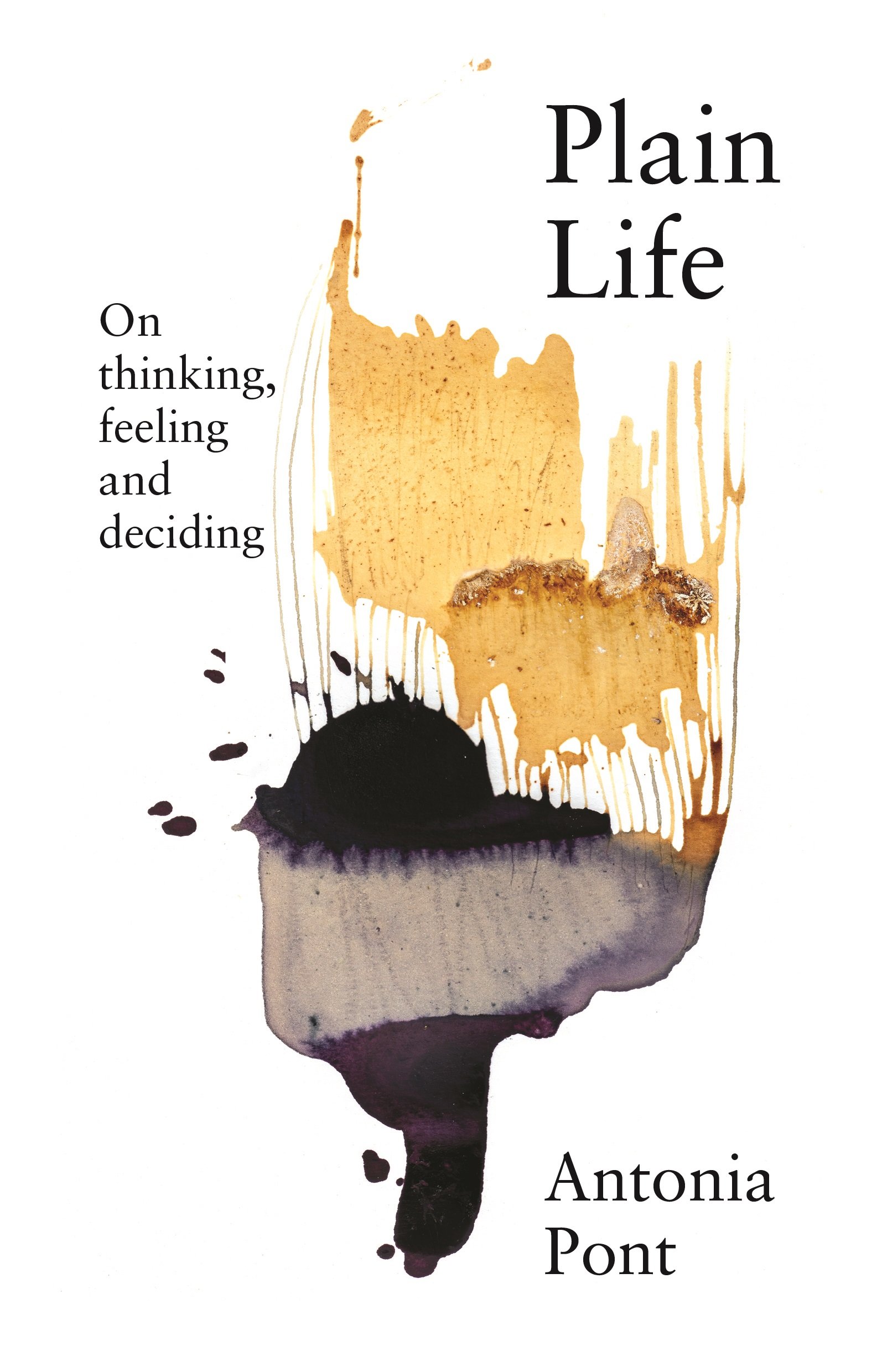Bookshapes - January 1979
At the presentation of the Australian Book Publishers Association design awards for 1977–8 in Sydney last April, during a cocktail party at the association’s annual conference, I was struck by the inattentiveness of the gathering. A representative of the P&O Company, awarding for the first time a prize of $1000 for the book of the year (The Birds of Paradise and Bower Birds, published by William Collins, designed by Derrick I. Stone), could scarcely be heard above the party chatter. It seemed that many publishers who were present did not feel obliged to pay attention, their complacency abetting rudeness. One could almost hear them saying, ‘Well, yes, this was a disaster area up till the sixties, but we’ve fixed it now. Everyone knows that Australian books today are the equal of the world’s best.’
Andrew Fabinyi was there that evening, and I wonder what he thought of it all. As Peter Pica in the first Australian Book Review from 1962 to 1969, he had exercised a great and good influence on Australian publishing, attacking bad design and careless production, but giving warm praise when it was due. How eagerly and how anxiously his comments were awaited! I am sure there were many, like me, who turned to his column first. To the extent that Australian publishers in April 1978 could justifiably feel pleased with the look of their books, Andrew Fabinyi was perhaps chief among the educators to whom they owed it. And that is to say nothing of the example he had set as Cheshire’s publisher for many years. When the present Australian Book Review began in June, Peter Pica wrote of the improvements that had occurred in Australian book production since the early 1960s, and drew attention to the important influence of the Publishers Association annual design competition, which has been running since 1953, and of the shorter-lived but prestigious Transfield Awards. However, I was glad to see that he had not succumbed to the euphoria with which, in Australia, we so often hail the achievements of our own day. He warned that standards might not be secure, and that constructive criticism was still needed. In a spirit of cautious optimism, he promised to keep a watchful eye on things in the future. As his successor, it unexpectedly falls to me to do that, and to try to follow where he led. The field is now so big that it is impossible to deal with more than a fraction of what is being published. My aim will be to comment, when I can, on books whose virtues or defects are typical of many others.
Continue reading for only $10 per month. Subscribe and gain full access to Australian Book Review. Already a subscriber? Sign in. If you need assistance, feel free to contact us.








Leave a comment
If you are an ABR subscriber, you will need to sign in to post a comment.
If you have forgotten your sign in details, or if you receive an error message when trying to submit your comment, please email your comment (and the name of the article to which it relates) to ABR Comments. We will review your comment and, subject to approval, we will post it under your name.
Please note that all comments must be approved by ABR and comply with our Terms & Conditions.